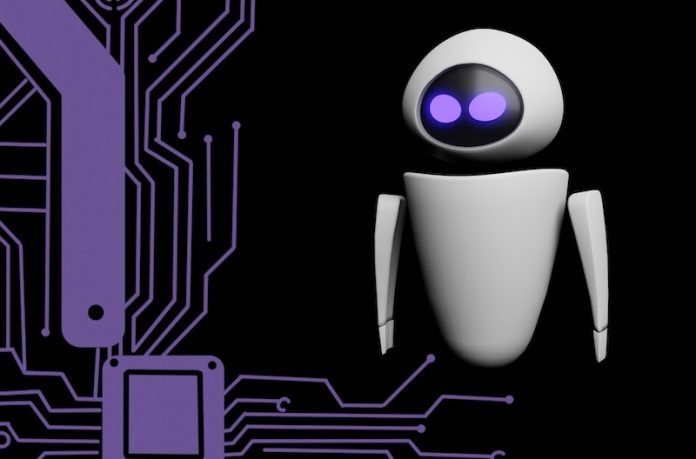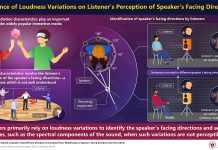
Researchers at the University of Jyväskylä have put forward a groundbreaking methodology in artificial intelligence by employing 18th-century mathematical concepts and traditional training algorithms, simplifying the predominant technique of deep learning and bringing forward aspects of green IT, ease of use, and transparency.
Challenging the Depths of Learning
Deep learning, the pivotal technique in the recent triumphs of artificial intelligence, involves training networks with numerous data processing layers using colossal datasets and significant computational resources.
It facilitates computers in executing intricate tasks such as image and music analysis, digitized game playing, and acting as conversational agents in AI systems like ChatGPT.
Prof. Tommi Kärkkäinen and Dr. Jan Hänninen have proposed a divergent viewpoint, revealing through preliminary research that utilizing simpler, shallow models by combining straightforward network structures in an innovative manner can produce similar, or even superior, results without necessitating depth.
Shallow Yet Expressive: New Model in Focus
As deep learning’s complexity often leads to error-prone endeavors and challenging model maintenance and interpretation, the team’s newly proposed model, rooted in 18th-century mathematics, has brought forward not only a more expressive and reliable means to reduce large datasets while retaining necessary information but also a simplified, user-friendly approach.
Interestingly, the researchers uncovered that optimization methods from the 1970s outperformed the contemporary techniques utilized in deep learning when applied to their model.
Ethical and Green AI: The Implications of Simplicity
Transparency and simplicity in AI are crucial for considering its ethical deployment, especially in sensitive applications like the medical field where complexity and unpredictability of deep learning techniques could compromise patient safety due to unforeseen behaviors.
The simpler models advocated by Kärkkäinen and Hänninen not only stand to benefit ethical considerations but also underline a pathway towards green IT – environmentally friendly, reduced computational resource usage, and lower energy consumption.
Confronting Resistance and Looking Forward
Despite facing hurdles in publication due to the prevailing dominance and entrenched beliefs in deep learning within the research, development, and business landscapes of AI, the researchers anticipate a spectrum of applications for their new AI.
Spanning across nanotechnology for bolstering materials in a sustainable economy, refining digital learning environments, and amplifying the reliability and transparency of medical and well-being technology, the new model stands poised to infuse the AI realm with renewed perspectives.
Conclusively, the findings from the University of Jyväskylä not only challenge the contemporary paradigms and practices within deep learning but also pave the way for potential transformations within AI applications, embedding simplicity, ethical use, and environmental considerations into the fabric of future AI developments and applications.
The research findings can be found in Neurocomputing.
Follow us on Twitter for more articles about this topic.



